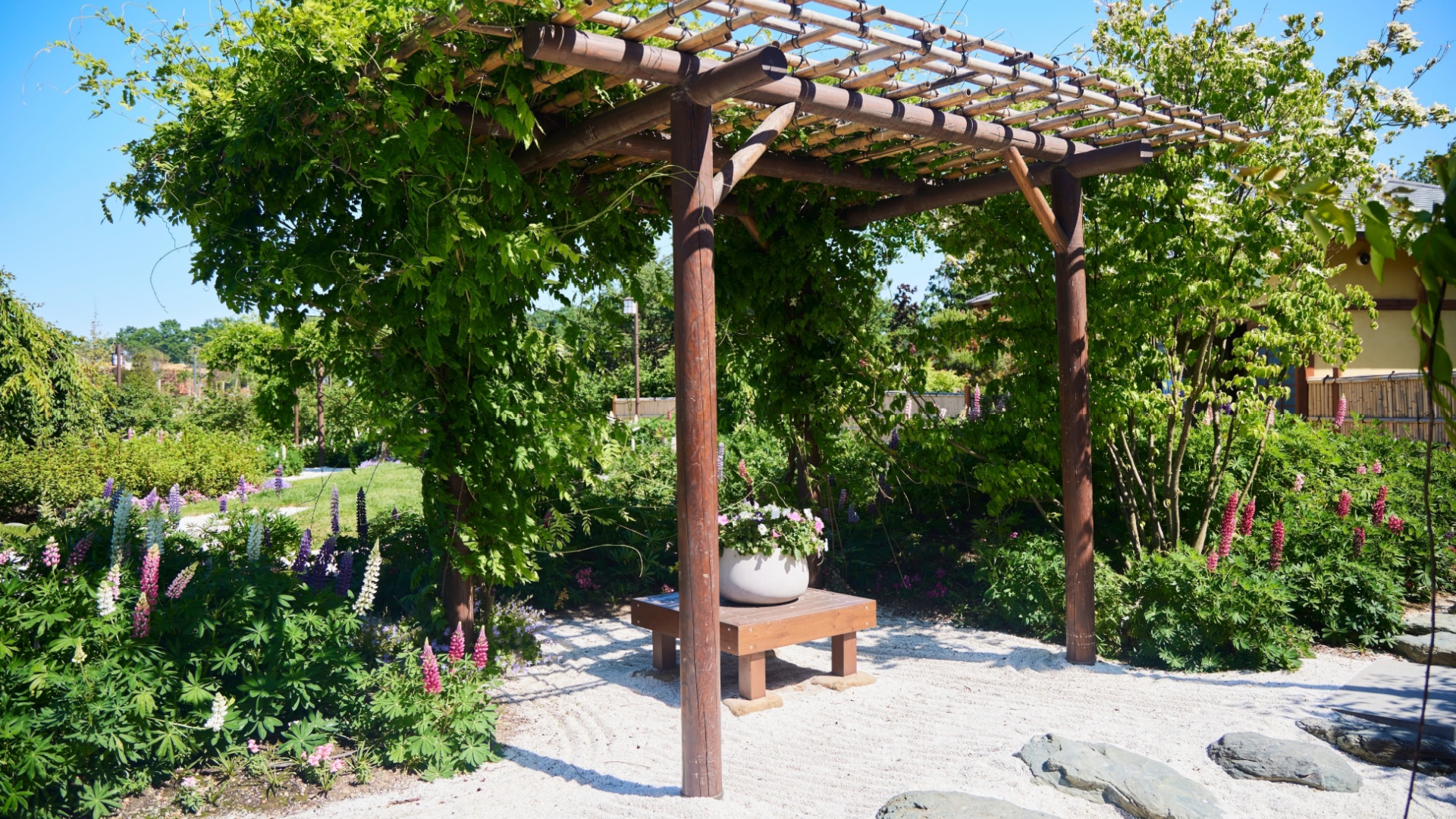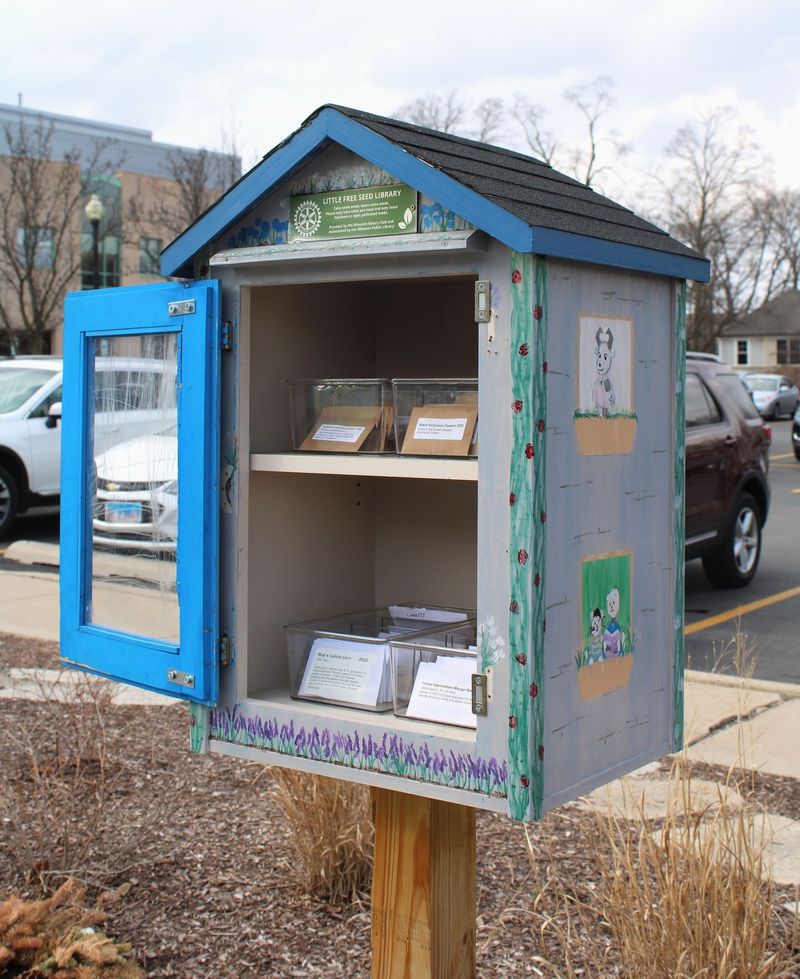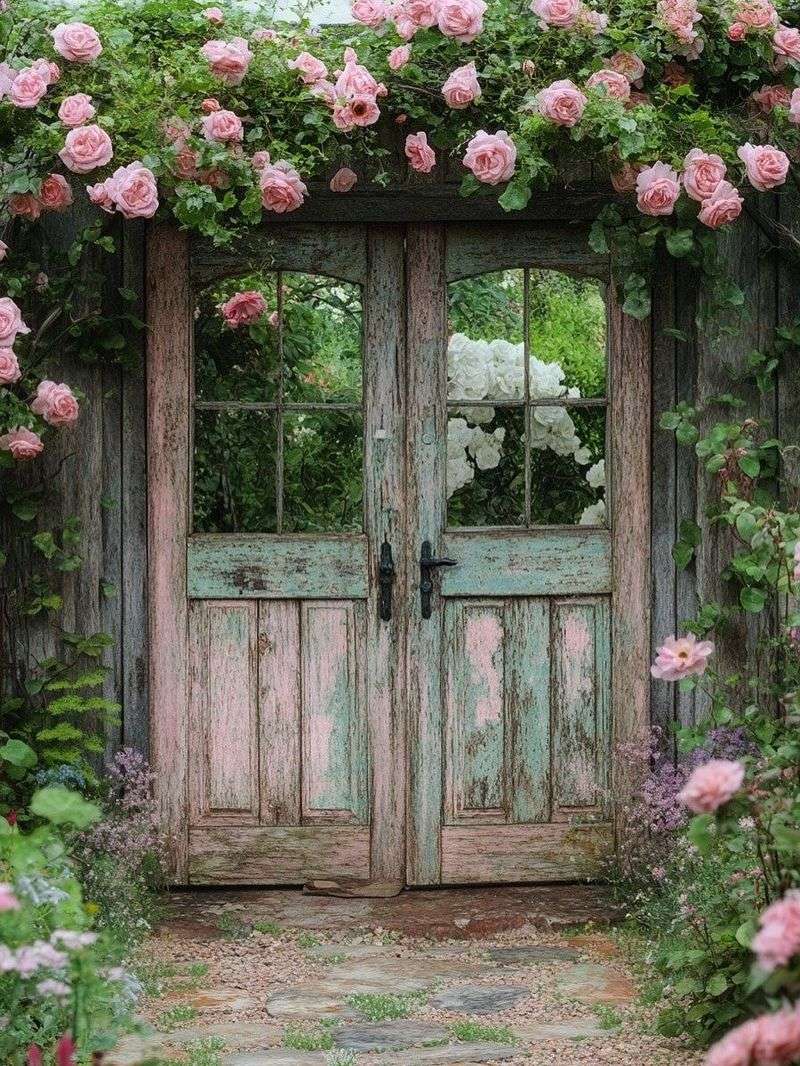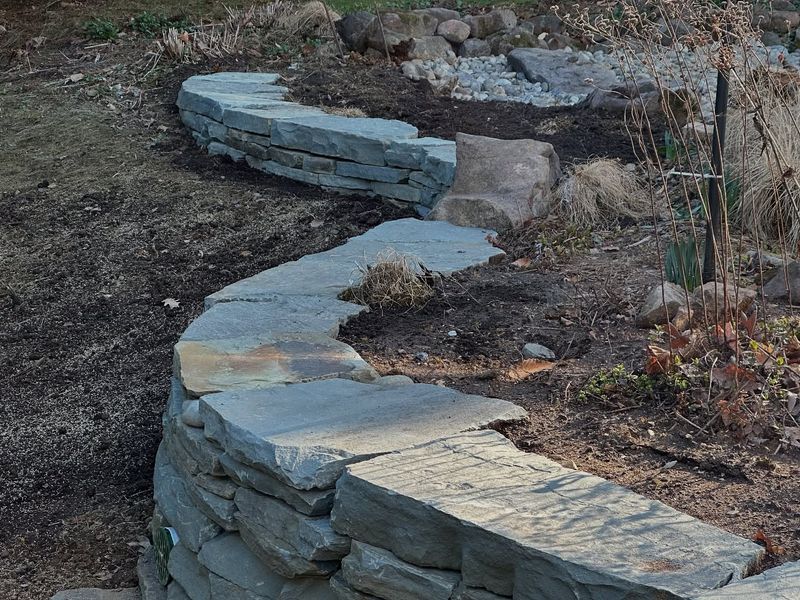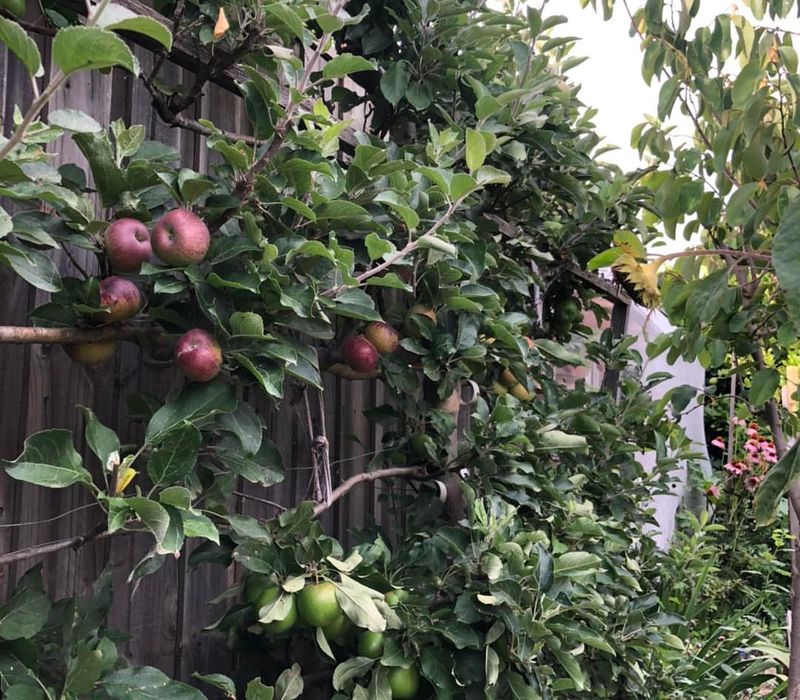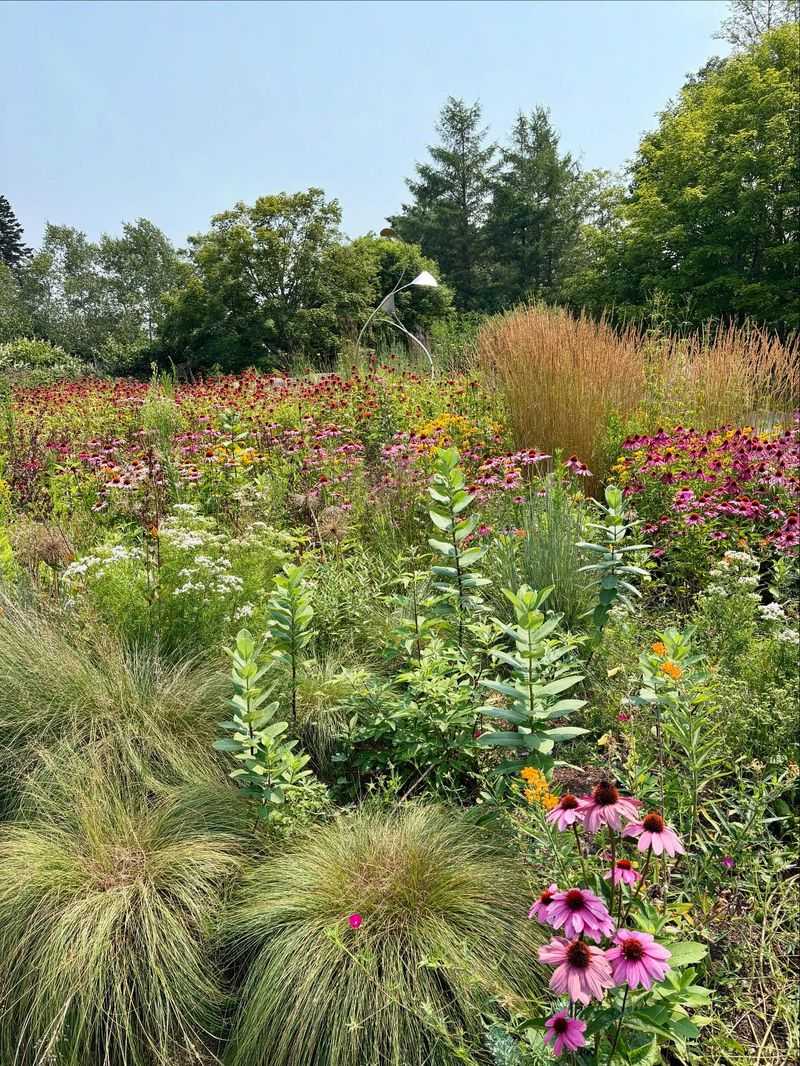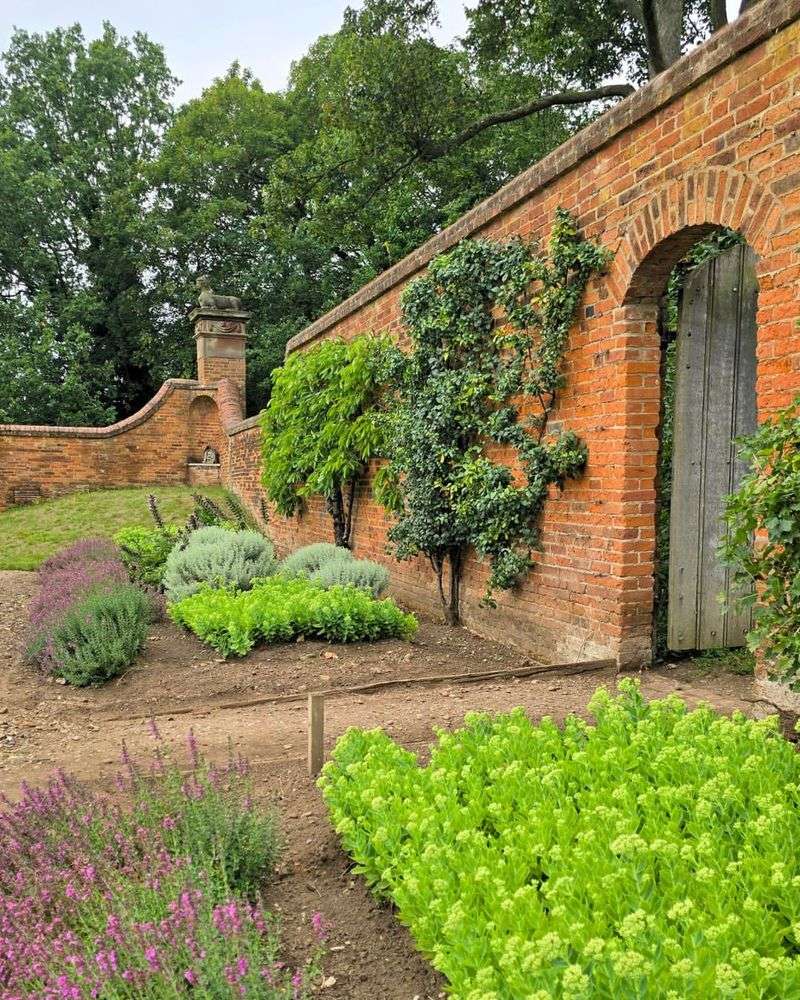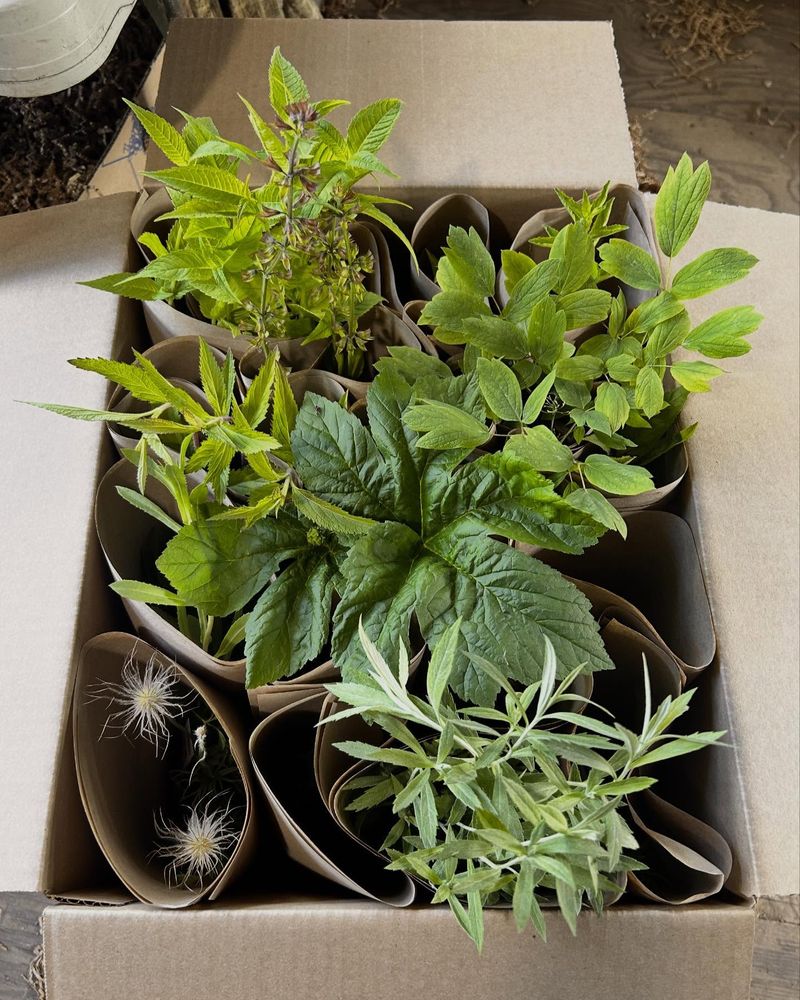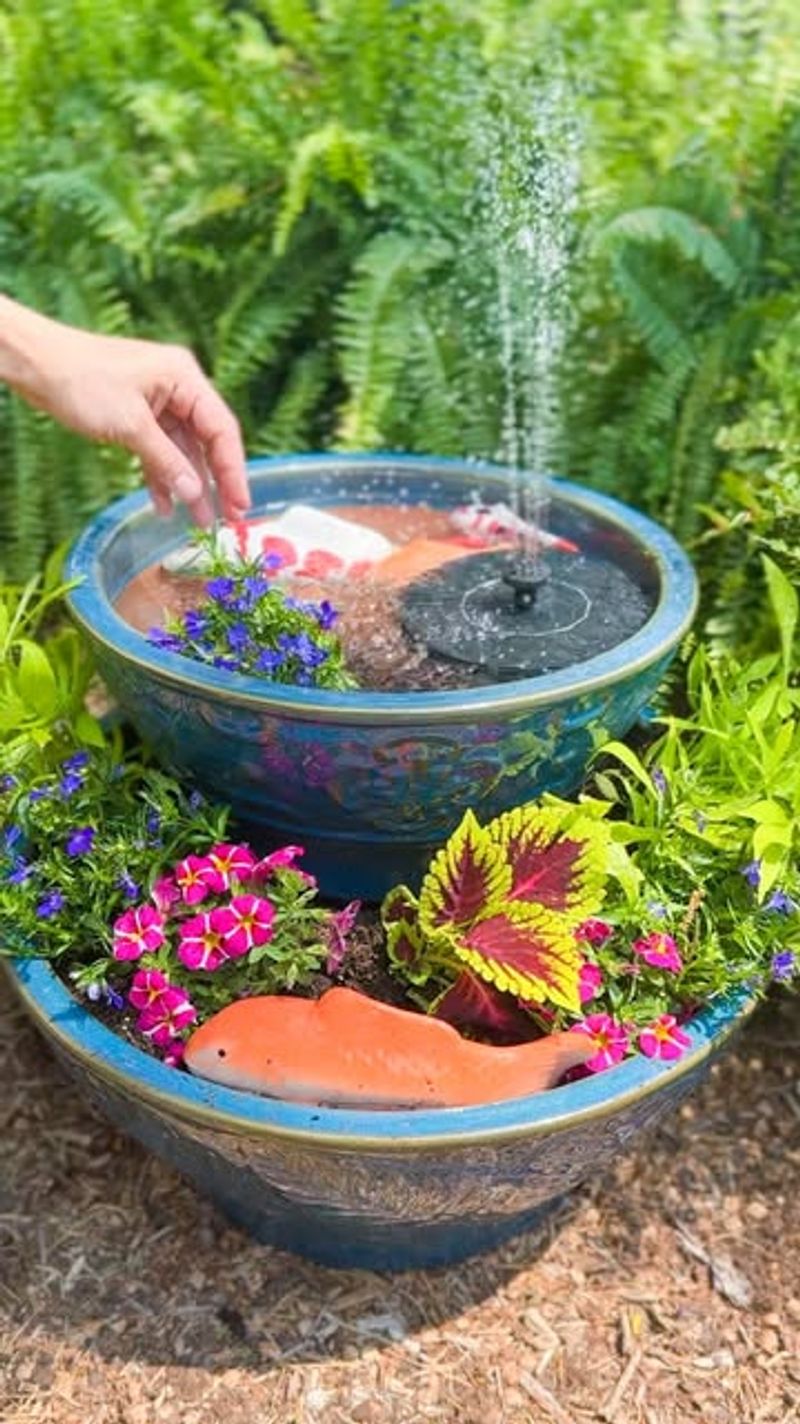Boston gardens are becoming living time capsules that respect both the past and our planet’s future. Local gardeners are finding creative ways to honor New England’s rich history while embracing eco-friendly practices.
The result is a beautiful blend of yesterday’s charm and tomorrow’s environmental consciousness, creating spaces that tell stories while nurturing nature.
1. Heirloom Seed Libraries With Community Sharing
Dedicated Boston gardeners are creating neighborhood seed libraries stocked with varieties that once flourished in their grandparents’ gardens. These living collections preserve genetic diversity while connecting people to their cultural roots.
Many participants host seasonal seed swaps where stories about family growing traditions are exchanged alongside packets of beans and tomatoes. The practice reduces dependence on commercial seeds while strengthening community bonds through shared horticultural heritage.
2. Repurposed Victorian Garden Structures
Old wrought iron fences and antique garden gates find new life in Boston’s sustainable gardens. Rather than buying mass-produced items, locals scour salvage yards for authentic pieces with history embedded in every curve and corner.
A century-old trellis might now support native honeysuckle vines, while vintage bird baths become striking succulent planters. The patina of age adds character impossible to replicate, creating gardens that honor the city’s architectural heritage while preventing waste.
3. Rain Gardens Inspired By Colonial Water Management
Drawing wisdom from early settlers’ water conservation methods, modern Bostonians are designing rain gardens that capture storm runoff. These thoughtfully engineered depressions feature native plants arranged in patterns reminiscent of colonial kitchen gardens.
Stone channels, modeled after historic water diversion systems, guide excess moisture to thirsty plants instead of overburdened sewer systems. The aesthetic marries 18th-century practicality with contemporary environmental science, reducing flooding while evoking Boston’s earliest gardens.
4. Heritage Fruit Trees With Modern Grafting Techniques
Forgotten apple varieties once common in early Massachusetts orchards are making a comeback in Boston backyards. Gardeners use innovative grafting methods to grow multiple heritage varieties on single trees—perfect for small urban spaces.
These living museums might feature a branch of Roxbury Russet (America’s oldest apple cultivar) alongside other historic varieties. The trees require minimal space while maximizing yield and preserving genetic diversity that would otherwise disappear from our food system.
5. Grandmother’s Cutting Gardens With Native Alternatives
Remember those magnificent bouquets grandma always had on her table? Boston gardeners are recreating nostalgic cutting gardens with an eco-conscious twist. Instead of water-hungry imported blooms, they’re planting native alternatives that deliver similar visual impact.
Black-eyed Susans replace imported daisies, while wild bergamot stands in for exotic lavender. The resulting arrangements honor family traditions while supporting local pollinators and reducing resource consumption—proving sustainability and sentiment can beautifully coexist.
6. Vertical Kitchen Gardens On Historic Brick Walls
Those distinctive Boston brick walls that have witnessed centuries of history now host ingenious vertical vegetable gardens. Gardeners attach recycled gutters or handcrafted wooden planters to south-facing walls, maximizing growing space while preserving historic structures.
The vertical approach honors Boston’s tradition of urban innovation while addressing modern space constraints. Herbs and greens cascade downward, transforming once-unused vertical surfaces into productive growing space—a perfect marriage of Yankee practicality and contemporary urban farming.
7. Medicinal Herb Patches Based On Colonial Apothecary Gardens
Tucked into sunny corners of Boston yards, medicinal herb gardens celebrate the healing traditions of colonial apothecaries. These carefully planned plots feature organized rows of echinacea, valerian, and other healing plants once essential to early Boston households.
Modern gardeners research historical texts to recreate authentic plant combinations while adding contemporary native alternatives. The resulting gardens serve as living connections to Boston’s medical history while providing sustainable, locally-grown remedies for minor ailments—knowledge passed down through generations now preserved in soil.
8. Solar-Powered Water Features In Revived Victorian Fountains
Victorian-era fountains and birdbaths are getting eco-friendly makeovers across Boston neighborhoods. Salvaged antique basins now feature discreetly placed solar panels that power gentle water circulation without increasing carbon footprints.
The juxtaposition of 19th-century craftsmanship with renewable energy technology creates fascinating focal points in sustainable landscapes. Birds and beneficial insects flock to these reliable water sources, while gardeners enjoy the soothing sounds that connect them to Boston’s genteel past—all without drawing electricity from the grid.

